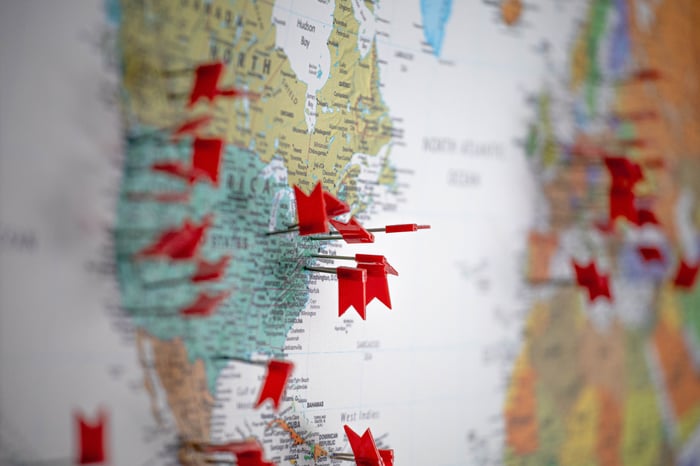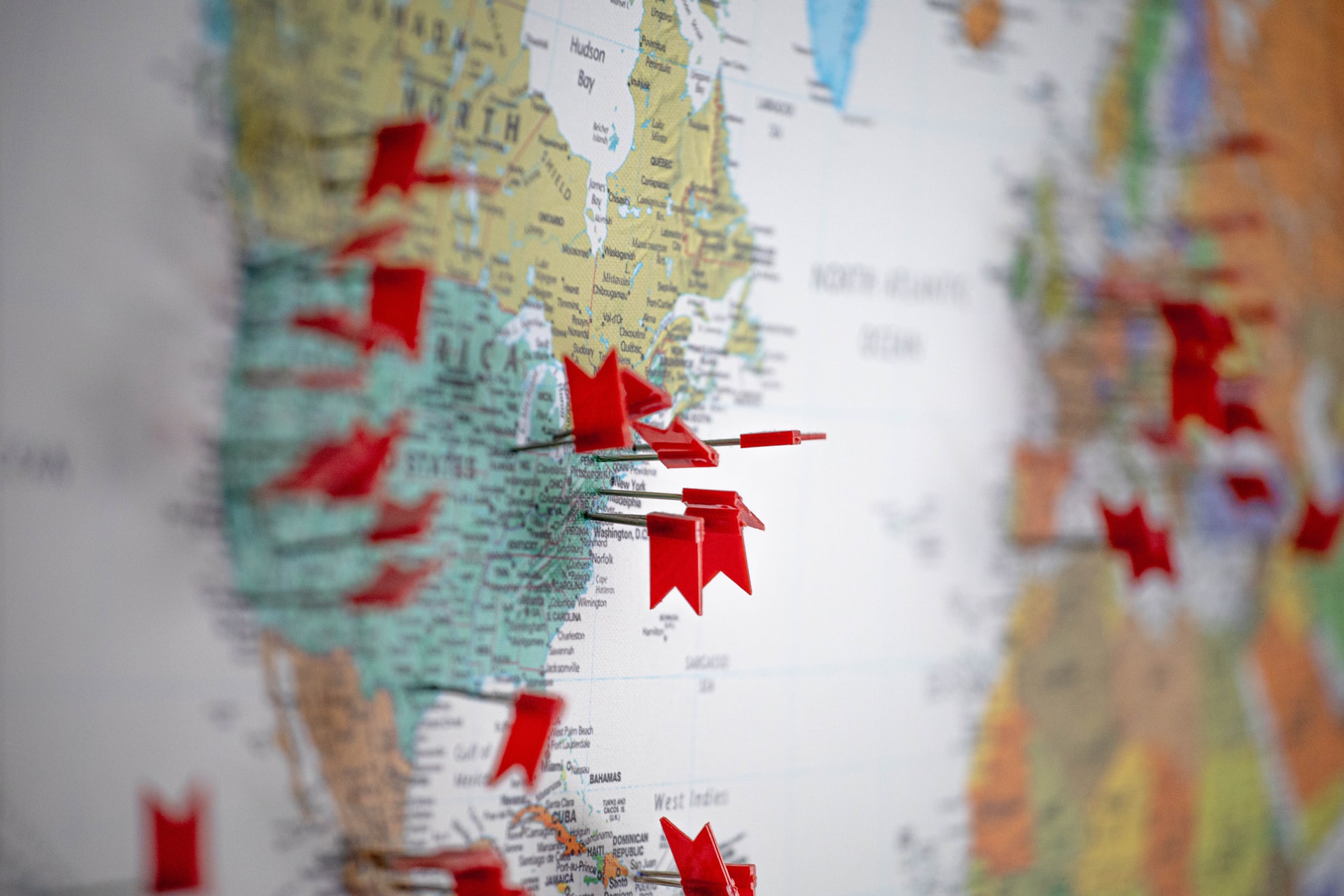Right now, sales leaders everywhere are trying to figure out next year's book allocations. Territory planning and segmentation, territory mapping, book reallocation, account distribution - whatever you call it, you're probably trying to figure out the best way to split up accounts for your sales team.
Sales territory design is hard. It's essentially a complex optimization problem where you have X reps and Y accounts separated by geography, firmographics, or propensity to buy, and you have to divide those up equally. You want to figure out how your sales reps can sell most easily to the right prospects. Sounds simple, but we all know it isn't.
So let's talk about org planning strategy, what you need to be thinking about as you plan, and how you can optimize your sales team for performance and revenue growth.
When do you do your account and territory planning?
Many companies start quota planning and capacity modeling for the next year in Q3 or Q4, because is a time-consuming process.
Most of us do territory and account planning in December and roll it out in January. Sales reps always want to know what accounts are theirs on January 1, even if they're not working that day. (This holds for a calendar year fiscal, at least. Your schedule will likely be shifted if your fiscal year doesn't line up with the calendar year.)
But generally, the earlier you start this process, the better.
What org design do you use?
Will you use a named account model or a geographic territory mapping model? What market segments do you need to consider? How will you allocate capacity among these market segments? Are you overly dependent on one segment? Are there enough opportunities in each segment to feed your reps?
The most traditional example of a sales territory model is probably based on geographic territories.
"Traditionally, sales territory mapping is based on a single, simple factor: geography. Businesses might allocate territories based on zip codes or drive time from a rep’s home base and manually document the plan by color coding or placing pins on a map." (Source: www.salesforce.com)
But does that make sense anymore? In a post-covid world where more and more sales conversations are virtual, does it matter how long a drive it is to your reps' prospects? Beyond some simple time zone and language-based geographic segmentation to make sure salespeople are working during prospects' work hours and speak their language, does geography really matter? We've long advocated for using a sales territory model that isn't geographically based.
 Photo by Timo Wielink on Unsplash
Photo by Timo Wielink on Unsplash
But if you do build a sales rep territory map, what geographies are you looking at? How granular do you need to get? Regions, countries, states, zip codes?
Will you split accounts based on industry or vertical? How about company firmographics like size, growth rate, or revenue? What about your own product lines?
If you use a named account model, that may simplify complexity for accounts with multiple HQs, but you need to be sure you have a complete census of the accounts you're going to target.
How does the process work?
Territory planning is a back-and-forth process between RevOps and sales management. Sales managers will have qualitative data, such as local knowledge about accounts and reps, while RevOps has access to quantitative and historical data about how accounts have flowed through your sales organization in the past. It's very much a partnership between management and operations.
Since it's such an iterative process, it's important to think about version control and how you manage revisions to the plan as you go.
This process isn't just for new business sales teams either - customer success and account management teams will need to be included as well. Your goal is to build a model the entire organization can support, a sales territory plan that meets your goals for performance and creates the best opportunities for reps to meet quota.
What data do you need?
The planning process requires high-quality data. You need clean Salesforce or CRM data, an accurate representation of historical trends. You need to have an idea about revenue goals for the next year.
For more complex organizations, ideally, you can model your plan using simulations of potential outcomes, instead of just guessing that something looks okay. Some organizations use regression models to identify high-propensity accounts based on account firmographics and use that to split up sales territories.
Others include competitive data (knowing which accounts went with a competitor) to know when to reach back out to them. That strengthens a propensity-to-buy score.
As you create segments, work to match the right reps to the right segments. "After determining the quality of each sales territory, it is crucial that you assign reps with the applicable skills to develop and optimize each set of accounts. For example, a territory that is defined by large enterprise deals needs to be handled by a rep who has experience closing big deals. By strategically assigning qualified reps to accounts, you will empower your reps and ensure the client receives the best possible service." (Source: blog.hubspot.com)
How do you articulate who owns what?
Finally, you'll need clear, specific rules of engagement decisions about routing new leads, who owns which accounts, what you do about company parent/child relationships, who gets credit for each kind of deal, who gets to run a deal, and more.
Communicate these rules out to your team. Provide resources everyone can easily access, and channels for your team to ask questions and bring up conflicts. It's important to bring up potential RoE conflicts as early as you can when you're more likely to be able to split the credit.
Or maybe you should ditch territory planning entirely and move to a more dynamic model.





